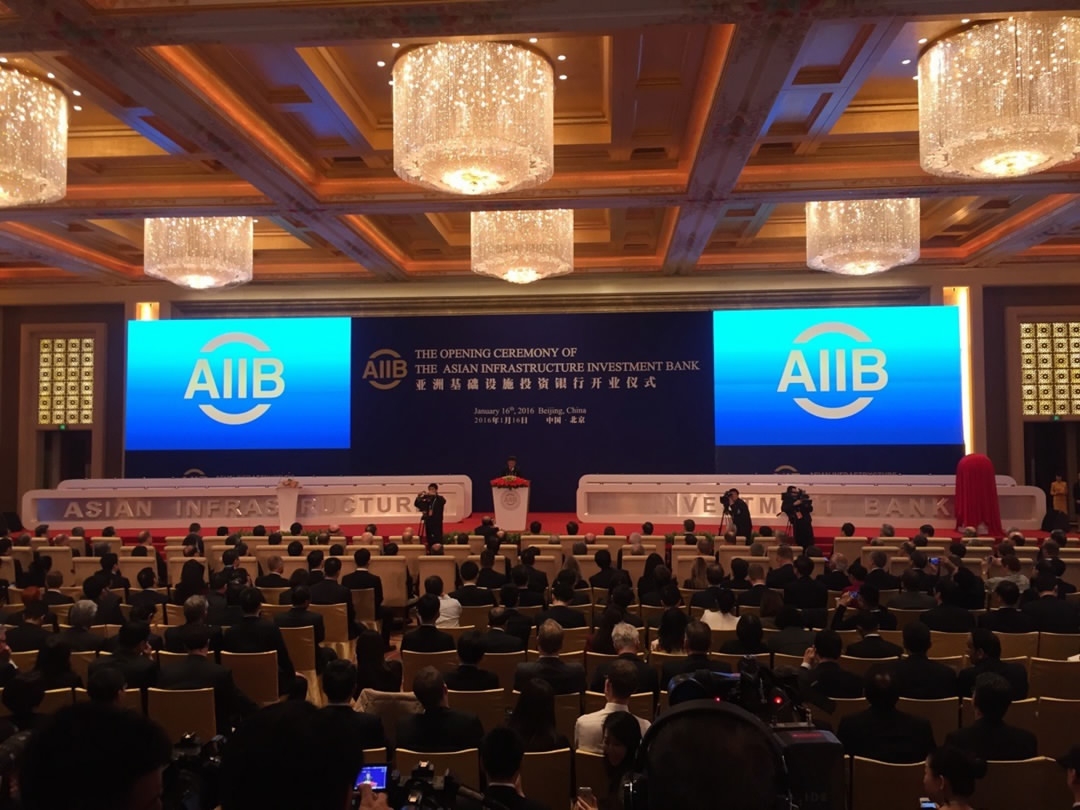By CGTN's Wang Tongxuan
The fast-growing Asian Infrastructure Investment Bank (AIIB) today welcomed 13 new prospective members, bringing the bank’s total approved membership to 70.
This is the first time the AIIB has welcomed new prospective members since it opened for business in January, 2016. The newly-approved applicants include five regional and eight non-regional prospective members. Unsurprisingly, Hong Kong SAR is in, as are Afghanistan, Armenia, Fiji, and Timor Leste. Canada is the first North American country to jump on board.

AIIB president Jin Liqun shakes hand with Canadian Finance Minister Bill Morneau at a joint conference in September, 2016. /CGTN Photo
European nations Belgium, Hungary and Ireland have also chosen to sign up, and will be joined by Peru, Sudan, Venezuela and Ethiopia. These 13 prospective members will officially join the institution once they complete the required domestic processes and deposit the first instalment of capital with the bank.
The shares allocated to the new prospective members come from the bank’s exiting pool of unallocated shares. At its launch in January 2016, there were 57 signatories to the AIIB’s Articles of Agreement. The bank expects to welcome more prospective members throughout 2017.

Opening ceremony of the AIIB in January, 2016. /CGTN Photo
“The interest in joining AIIB from around the world affirms the rapid progress we have made to establish the bank as international institution,” said Jin Liqun, AIIB president.
“I am very proud that AIIB now has members from almost every continent, and we anticipate further applications being considered by our Board of governors later this year.”
About the bank
The AIIB is a new multilateral financial institution, founded to bring countries together to address infrastructure needs across Asia. The bank has capital of 100 billion US dollars, equivalent to two thirds of the capital of the Asian Development Bank and about half that of the World Bank.
In 2016, its first year of operation, the bank approved 1.73 billion US dollars in loans to finance nine projects covering energy, transportation and urban development.

(Infographics by CGTN's Wang Mingyan and Yu Peng)









